|
The Standing Stones of Armenia - Zorats Karer On our second last day in Armenia we came to an extraordinary sight - a circle of ancient standing stones in a field. There was nobody there, no fences, no queues, no entry fee - just the magnificent sight of ancient stones standing in a high and lonely field, surrounded on all sides by snow capped mountains. We simply walked across the field of long grass and there they were. Some call them the Armenian Stonehenge, but Armenians call them Zorats Karer. There are parallels however with Stonehenge as both involve standing stones in grassy fields. Both are believed to be star charts, used by ancient civilisations and both have stones that line up with soltices and equinoxes. There is speculation that this site dates back as far as the 6th Milleneum B.C. and these have been called speaking stones because on windy days the sound of whistling emanates from the man made holes in the stones fashioned from the distant past. Like Stonehenge these standing stones are completely shrouded in mystery, but in Armenia high up in the mountains, they are also often shrouded in mist. And this coupled with such isolation lends a particularly mystical atmosphere, especially when they 'speak'. 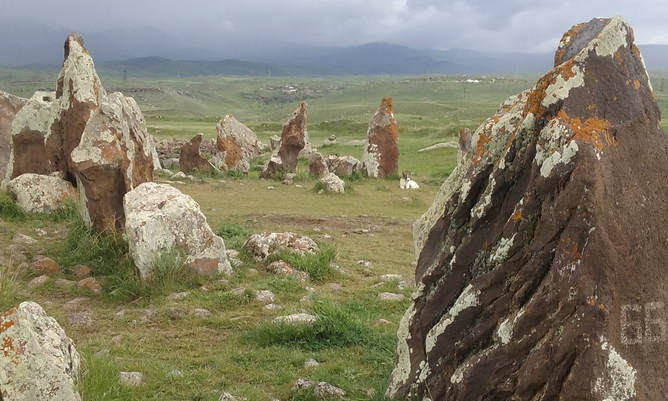 celtic patternsIt wasn't only the standing stones - Zorats Karer - which remained from ancient civilisations once present in Armenia, but also the Celtic patterns carved into very old wood and stone. Celtic crosses in old cemeterys, and the distinctive interlacing and intricate patterns carved into old wooden monastery doors. And it wasn't just the odd one, but many. Similarities between the carved crosses and celtic patterns of Scotland and Armenia, is perhaps not so accidental remembering that over 1000 years ago Armenia was on the ancient silk route and at the height of the Armenian Empire it's borders spread as far as the Mediterranean Sea. Also remembering there was much travel and commerce between east an west, but in which direction did the influence flow? Armenians like to think it was from East to West. Nevertheless, it was unbelievable to see these ancient Celtic carved patterns which I had always thought were unique to the celts of Scotland, Ireland and Wales, here in this eastern land of Armenia, surrounded on almost all sides by Islam. It made me wonder how much religion, craftsmenship and ideas were once shared between East and West. Sadly, not today! Another precious commodity which travelled from East to West were Tulips. Eastern countrys including old Armenia, Persia and Turkey were the original home of the tulip. It wasn't till the 16th Century that tulip bulbs found their way to Europe in the bags of early explorerers, and by the early 17th Century they had become a highly fashionable flower in European gardens. By 1600, Dutch growers had established nurseries specialising in cultivating tulips and it is around this time that tulipmania began. A brief spectacular time when bulb traders could earn the equivalent of $60,000 for a single bulb! Knowing the history of the tulip made it all the more exciting when we came across a superb colony of them growing in the wild the day before we were due to cross the border to Iran. At the 11th hour our trusty guides, Chris and Tamar spotted them up a rocky cliff. But we weren't the only ones to discover this abundance of tulips, as the locals knew of this spot too. Like mountain goats, they had climbed up to the top of this rocky cliff-face, to places most of us could never reach, and were coming down with their booty. Bucket loads of wild tulips to be sold! Bulbs and all! We wondered at the desecration of such botanical treasure which seemed to be open slather to all. Was there no protection of such a precious resource? But why should there be, we realised, as Armenia had more important things to think about - such as survival, and even if in our view, it seemed very short-sighted, to many Armenians, tulips from the wild were there for the taking and meant a living. And despite plundering the tulips this year, they know they will be back in abundance next year. In fact they thought nothing of generously giving away in typical Armenian style, bunches of their lucrative tulips to us! But there were still enough tulips left for a few crazy botanists to clamber up cliff faces to examine and photograph. They were all bright red and yellow tulips, similar to the shapely garden tulip. Botanical names? Red - Tulipa sosnowskyi. Yellow - Tulipa florenskyi 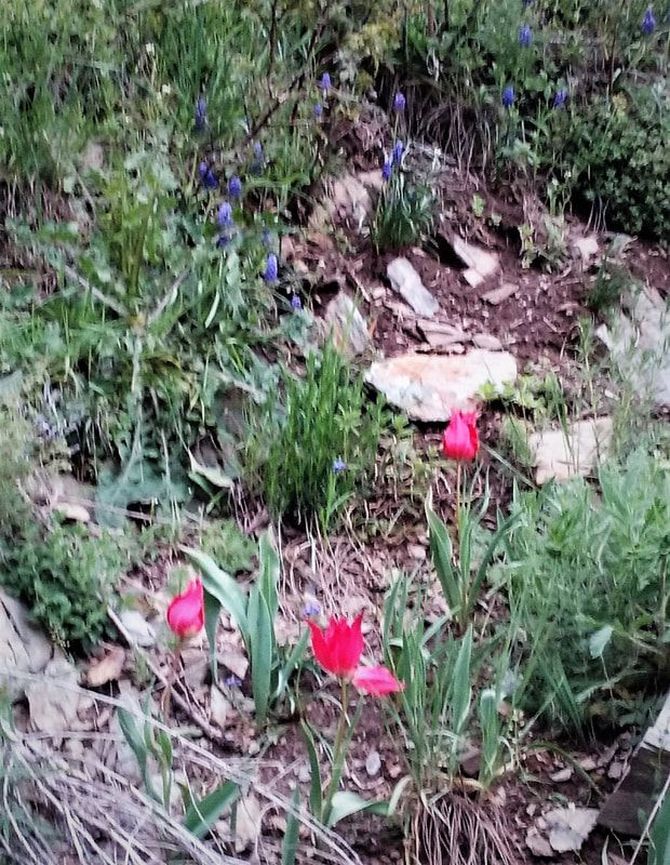 Tulipa sosnowskyi growing with Muscari in the wild Tulipa sosnowskyi growing with Muscari in the wild At the 11th hour what could be better than this tulip feast, but we weren't finished yet in Armenia. Though this time it wasn't tulips. After winding our way down towards the Iran border through beautiful emerald forest, we encountered in a rocky valley the impressive thistle Jurinella speciosus. From a distance I thought it was a pink cactus Dahlia growing out of the rock walls, but it was actually an Armenian native thistle, and very decorative it was - just like a Dahlia!
The next day we set off early to cross the Aras river which forms the border between Armenia and Iran, sadly without Chris! Because Chris was travelling under a British passport, he was seen as an undesirable in Iran as were the 2 Canadians in our party, so we had to wave them good-bye at the border. But thank goodness we still had our spunky little Armenian guide, Tamar, with us, as we ventured a little nervously over the border. We were pleased to have her as we went through border formalities and on to meet our Iranian botanist and guide, Jalil who was waiting for us on the Iranian side. As Chris had predicted the landscape changed almost as soon as we entered Iran. The mountains and hills began to open out into vast plateaus and the high snowy peaks were further back into the distance ringing the plains. The lush forested mountains and gorges of Armenia gave way to drier plains, and a more agricultural landscape. There were many apricot orchards which we had also seen in Armenia, as well as mile upon mile of agricultural land which consisted mainly of crops. 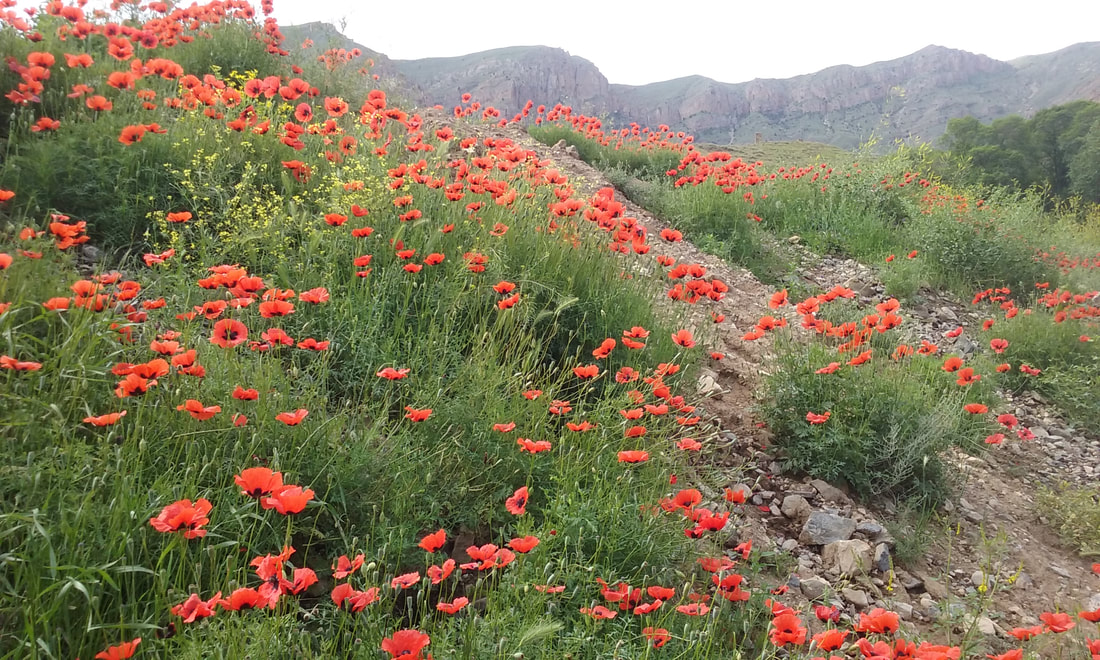 Papaver orientalis Papaver orientalis There were many different species of Poppies to be found thriving on the stony hillsides of Iran, but none to be found that I could see, amongst the stunningly striped Gypsophyllus Hills. This great range of pointy yet rounded hills in richly coloured layers of red and grey was an amazing sight. Yet although we wandered up and down, around and around I don't remember seeing wild flowers amongst these moundy stripey hills. It's as though the Gypsophylus Hill are enough unto themselves and do not need to co-exist with flowers. Although wild flowers are there on the lower slopes and surrounding fields. 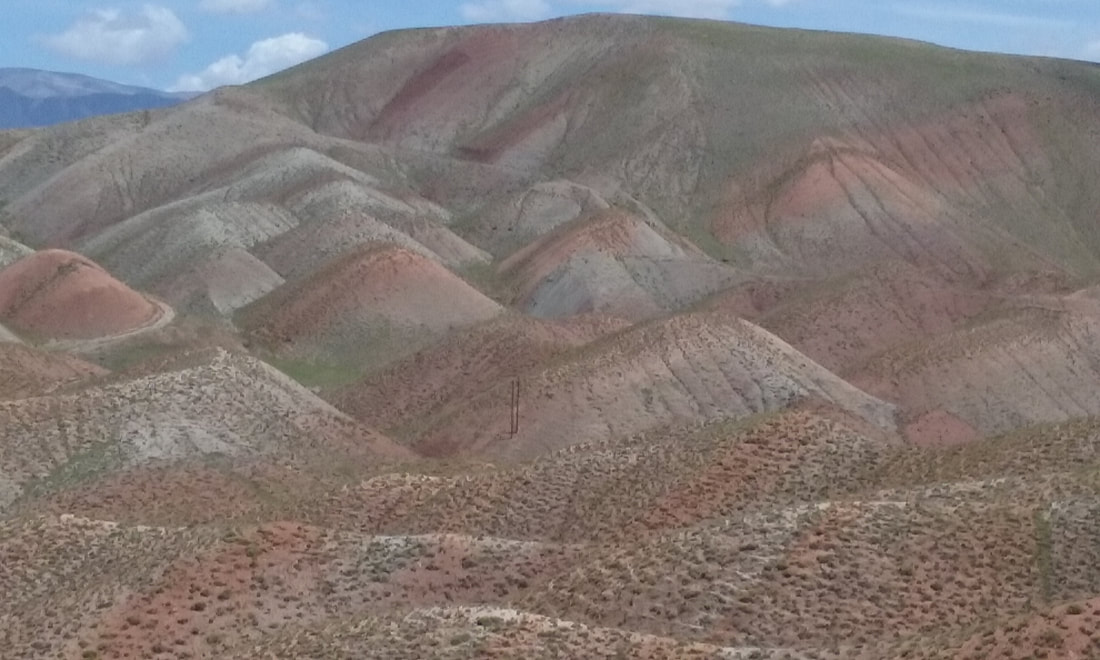 It's as though these colourfully striped Gypsophyllus Hills are almost enough unto themselves as I observed floral plant material only around the lower slopes. It's as though these colourfully striped Gypsophyllus Hills are almost enough unto themselves as I observed floral plant material only around the lower slopes. Hollyhocks! Everybody leapt out of vehicle to photograph these elegant white beauties growing along the side of the road - Alcea striata. Close up each petal of each single flower was delicately marked white on white with transparent and opaque white stripes. And a different sort of Iris paradoxa standing up like white candles on a hillside. They did have rather a truncated look though with their brown reduced falls. More hills to climb as we skirted this high plain on the way to Tabriz, but this time we made our way up through soft pink flowery mounds. On the road to Tabriz we passed through one of many villages where people were living in mud brick houses built in the old tradition from time immemorial. Through the narrow dusty streets of this decaying traditional old village, we encountered the quite unexpected sight of adolescent village boys racing around on noisy shiny motor bikes! 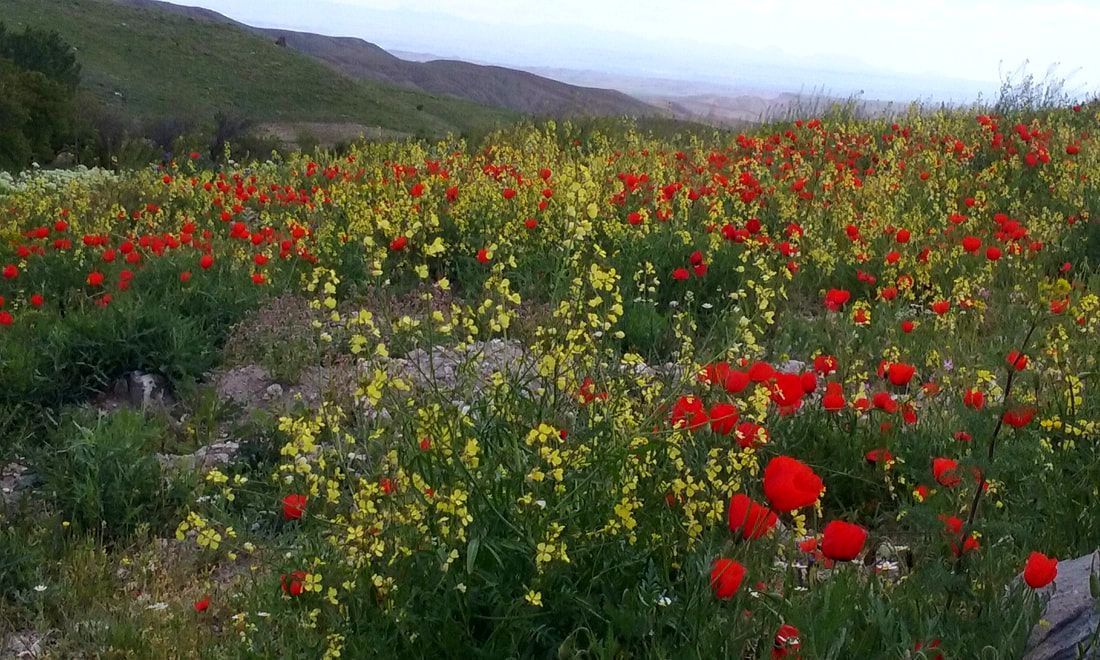 On one side of the stream grew more poppies galore interspersed with a yellow flower which could belong to the Brassiacea family On one side of the stream grew more poppies galore interspersed with a yellow flower which could belong to the Brassiacea family We were delighted to find just beyond the village beautiful fields of wild flowers alongside a stream 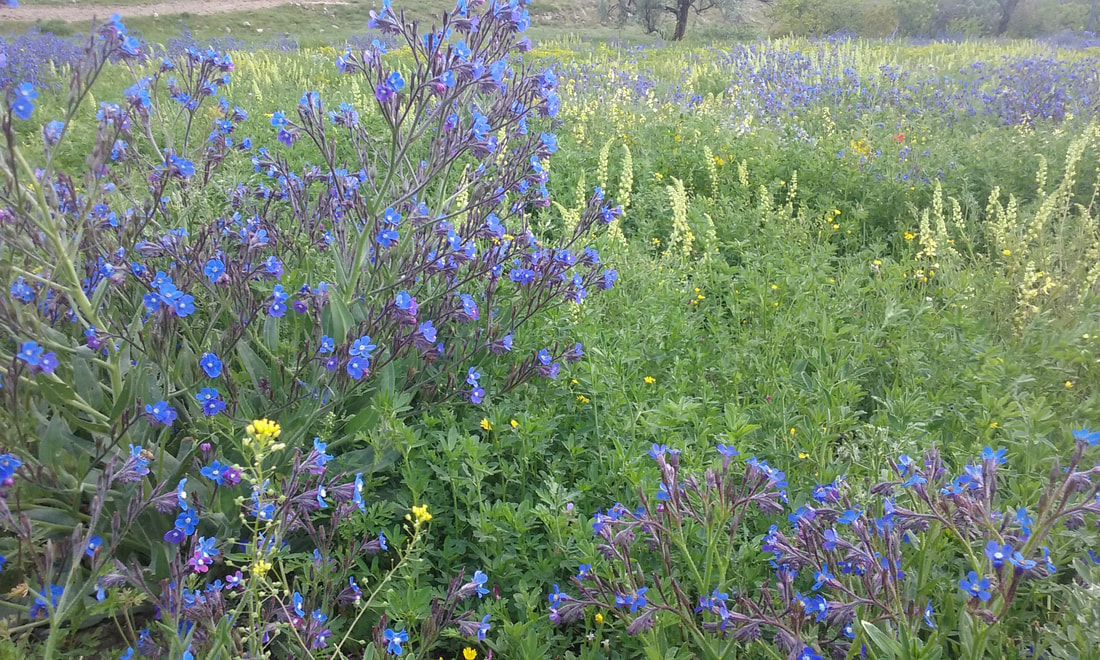 On the other side of the stream we were dazzled by masses of Anchusa azurea - and azure they certainly were. The brightest blast of blue I have seen for a long time. They were interspersed with tall pale yellow spikes of flower which reminded me of lupin. Nothing as common as the yellow lupin, of course. But they could have been Pedicularis comosa or Phlomoides laciniata
4 Comments
|
Details
Archives
July 2023
Categories |
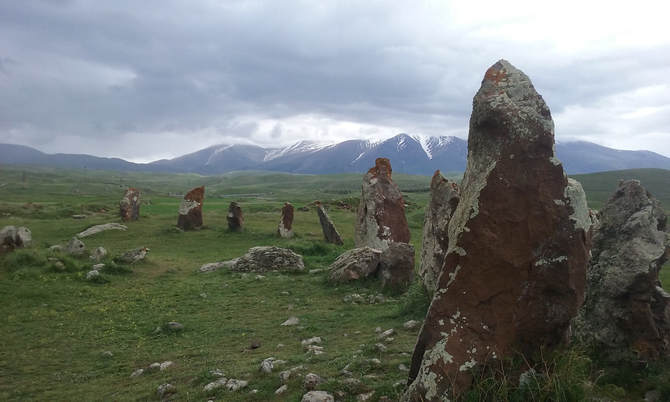
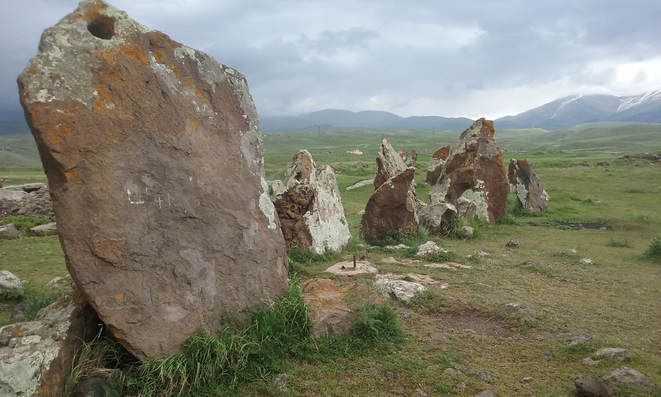
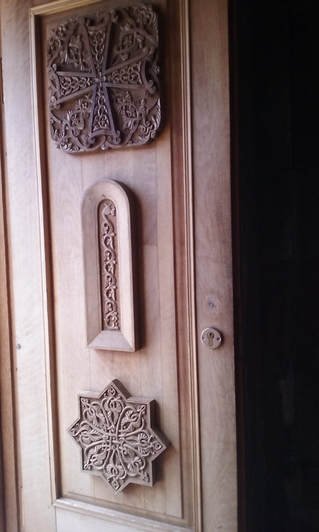


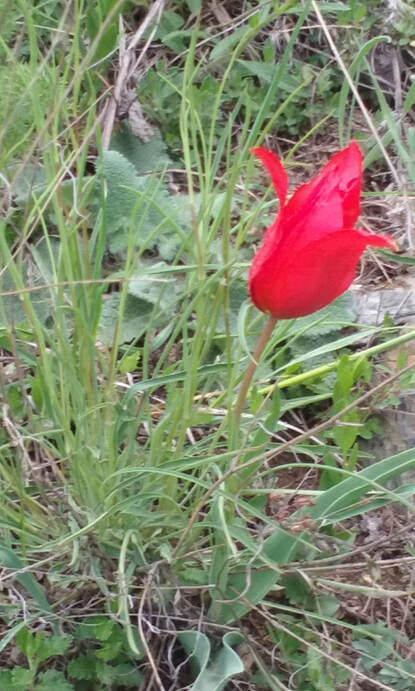
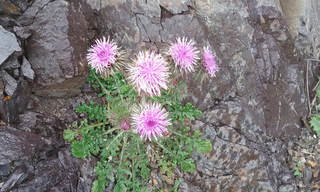
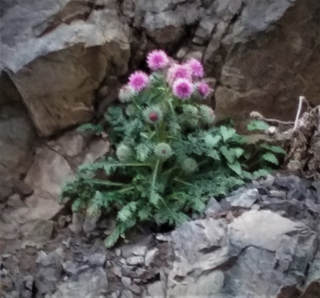
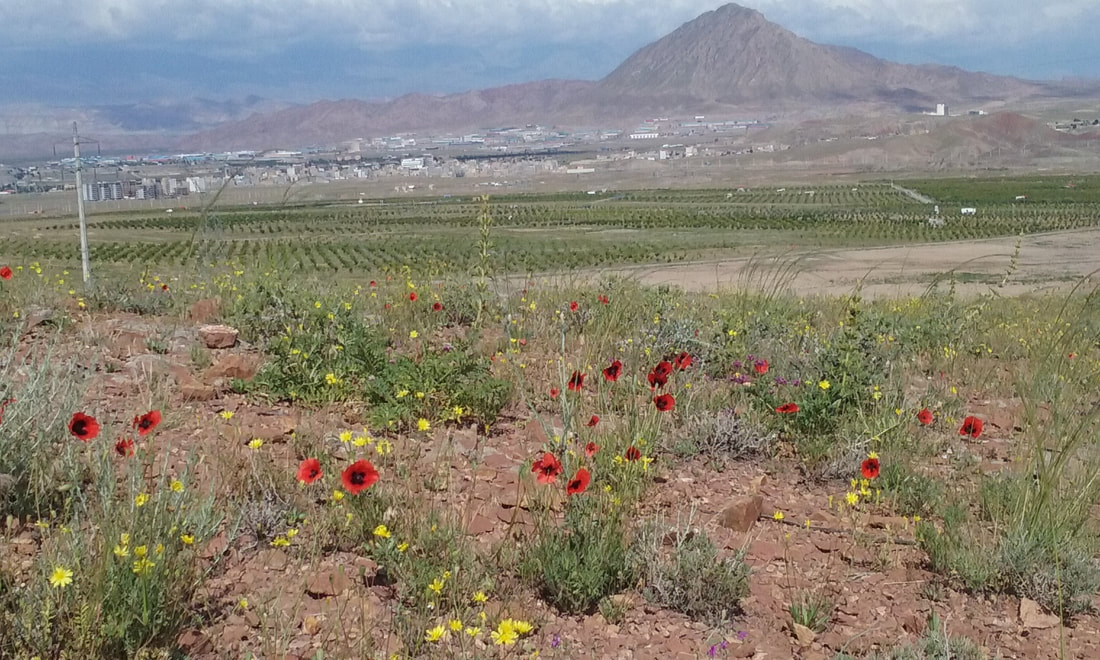
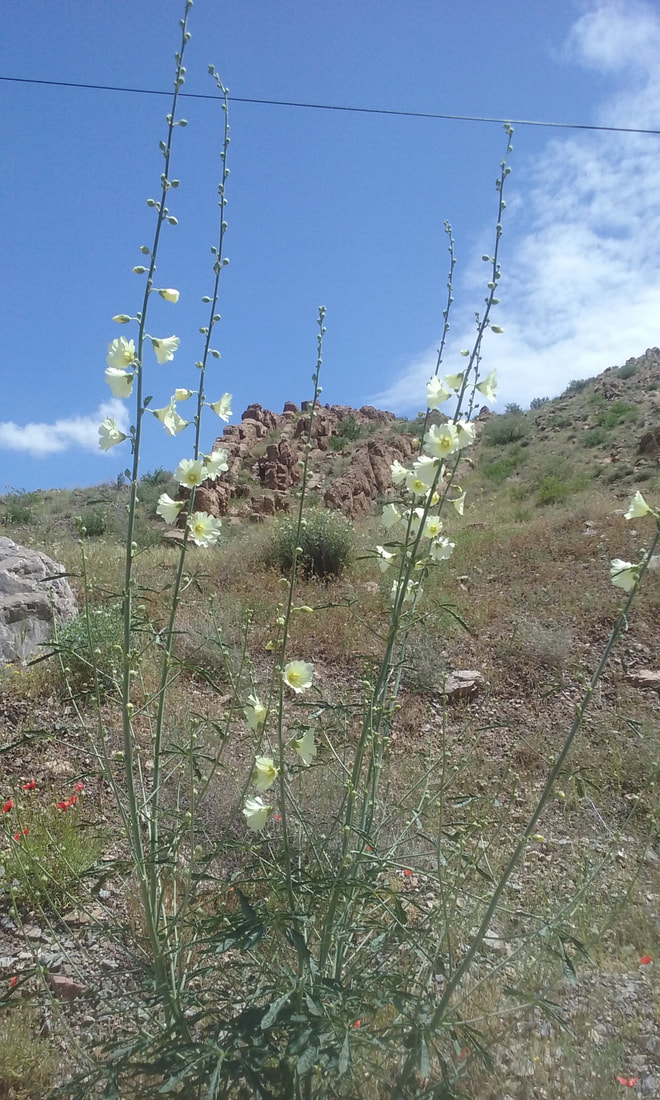
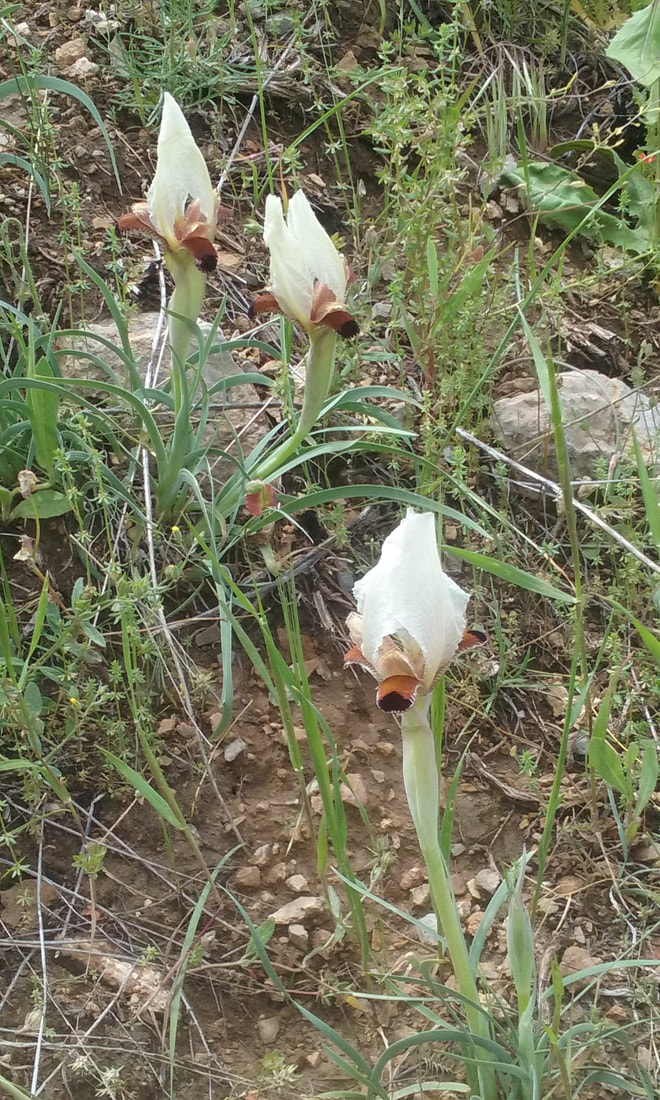
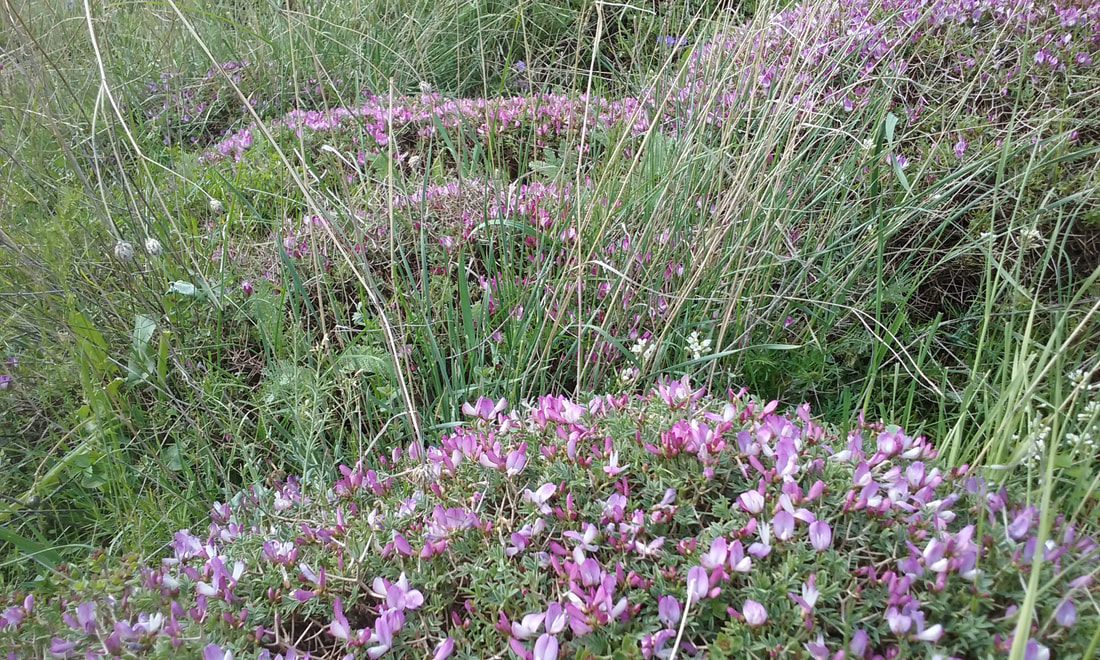

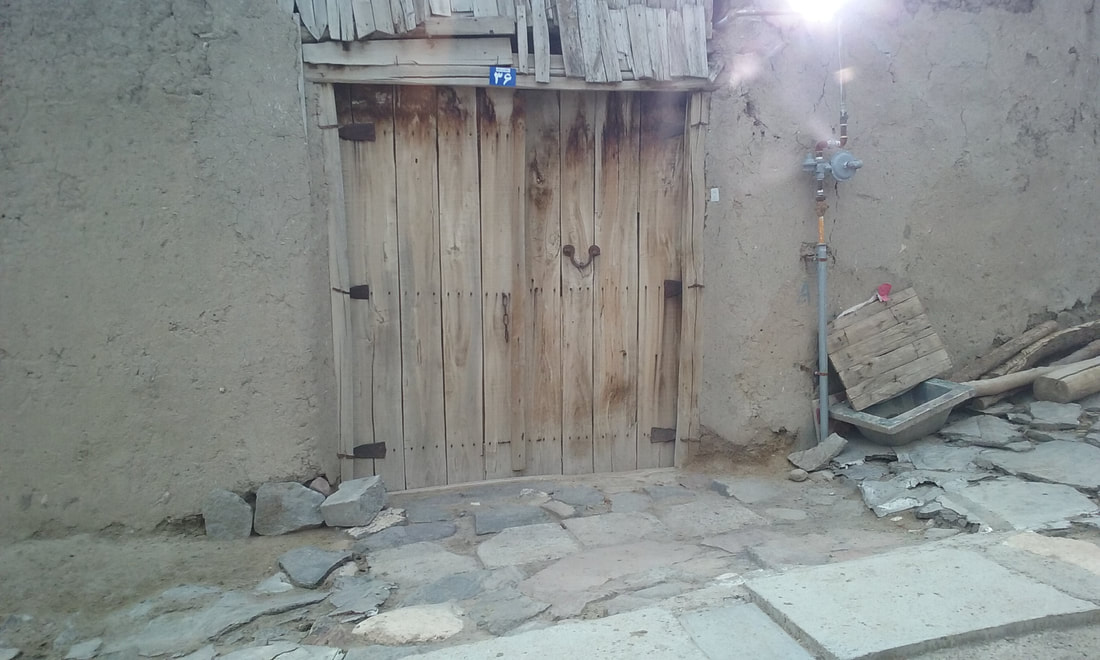
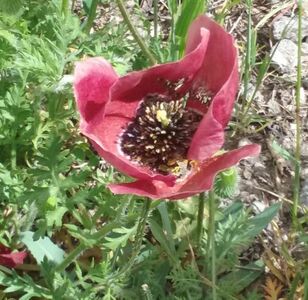

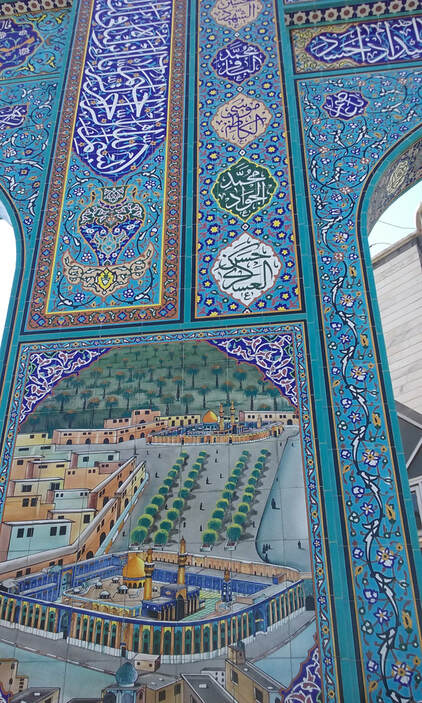
 RSS Feed
RSS Feed
